Waikato Hidden Gems

Here’s a tiny taste of the pleasant surprises the region has to offer.
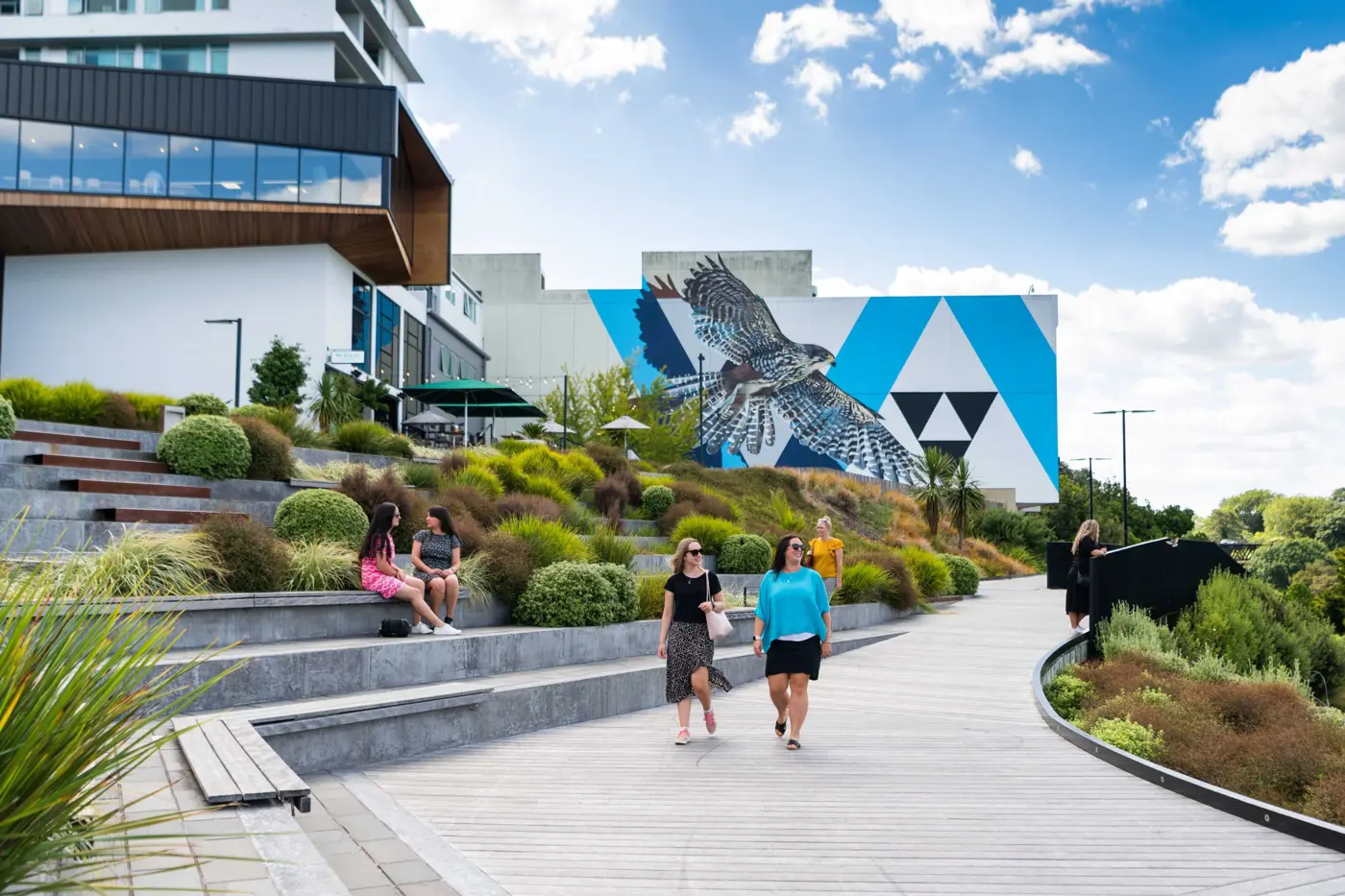
Victoria on the River
Tucked away, but in the heart of Hamilton, is Victoria on the River, an expansive amphitheatre-style park overlooking the mighty Waikato River as it wends its way through the city.
Victoria on the River is a multi-purpose space that has collected a number of architecture and design awards since it was opened in 2018.
It’s one of several riverside places in the city where you can relax, read a book or enjoy the view - and people watch.
You might also encounter street performers who entertain there regularly.
Previously occupied by the Waikato Times newspaper office, the site has a lush green and organic feel thanks to the 9000-plus plants that are part of the landscaping.
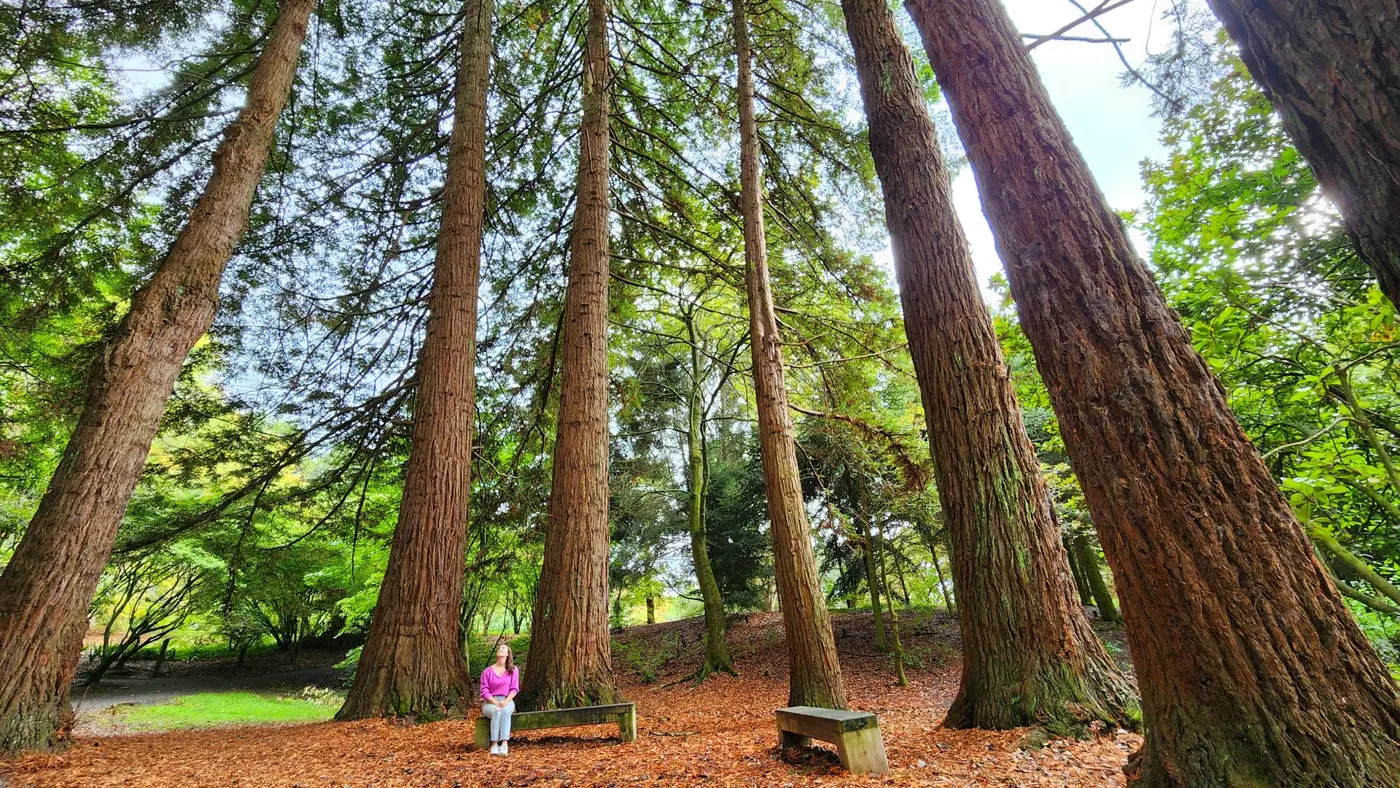
Tranquility at Taitua
If lakes, woodland gardens, birdlife and picnic spots are your thing, you need to dial up Taitua Arboretum on the outskirts of Hamilton City.
Bequeathed to the city in the late 1990s by environmentally conscious farmers Bunny and John Mortimer, both now deceased, Taitua is described by Hamilton mayor, Paula Southgate, as ‘an absolutely beautiful spot, full of mature trees, rare shrubs…truly a lovely place for families to pincic, connect and enjoy nature right here in our city’.
She adds the arboretum is today exactly what the Mortimers envisaged when they gifted their legacy. Admission is free and it’s open daily from 8am until dusk. Dogs are welcome too, as long as they are on a leash.
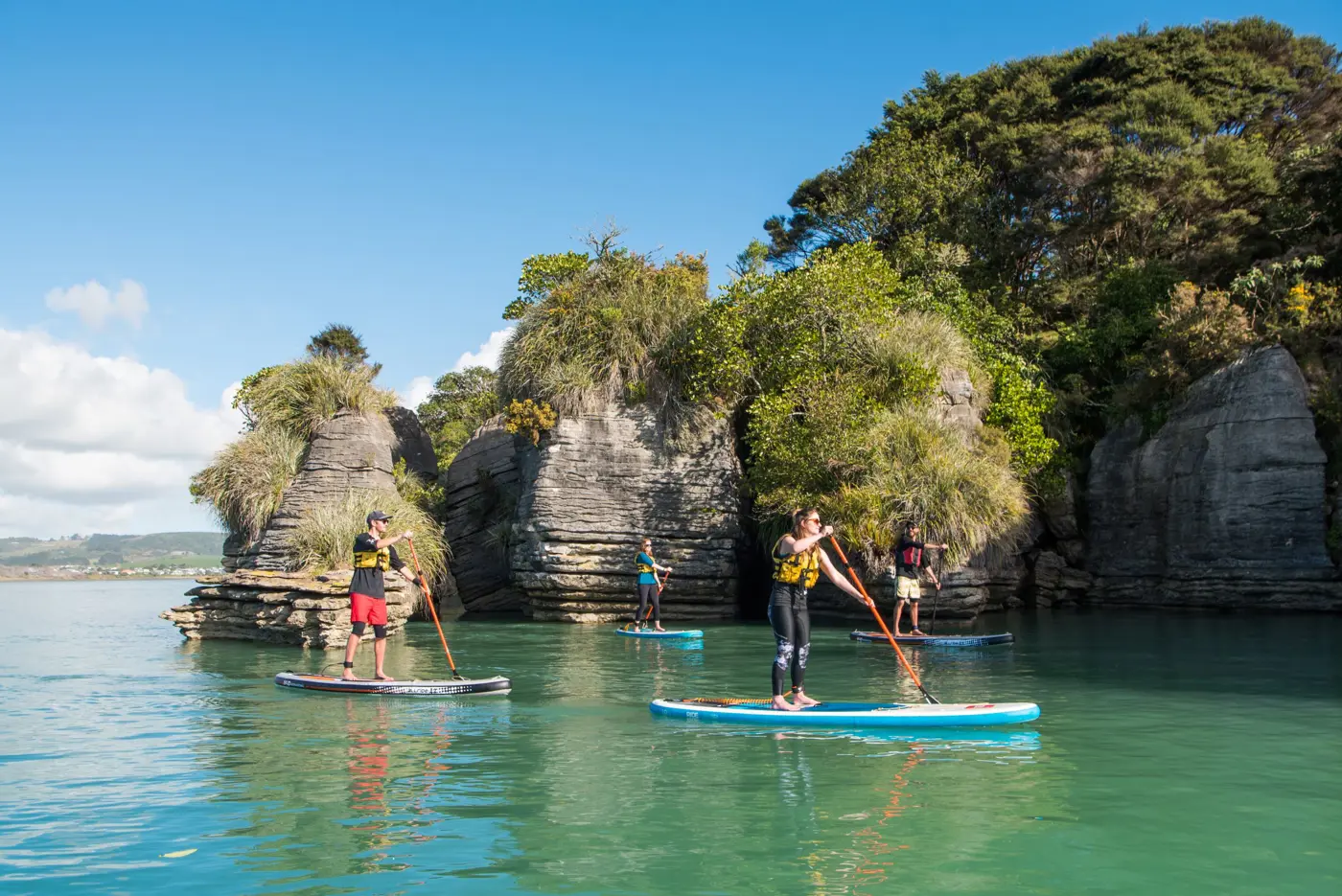
Pancakes - hidden in plain sight
Raglan is best known as a laid-back surfing mecca thanks to its spectacular beaches and the long peeling left-hand break that runs along the rocky shoreline, encompassing three bays.
What’s not so well-known about Raglan is that it’s also one of several places in New Zealand where you can see intriguing pancake rock formations.
Raglan’s pancakes are actually hiding in plain sight across the harbour from the town and can be readily accessed on stand-up paddleboard or in a kayak.
If you don’t have your own board or kayak, a number of operators in Raglan hire out equipment or can provide a guided tour.
The distinctive layered pancake rocks are formed as water, wind and salt spray erodes softer rock leaving the harder, more resistant bands of limestone.
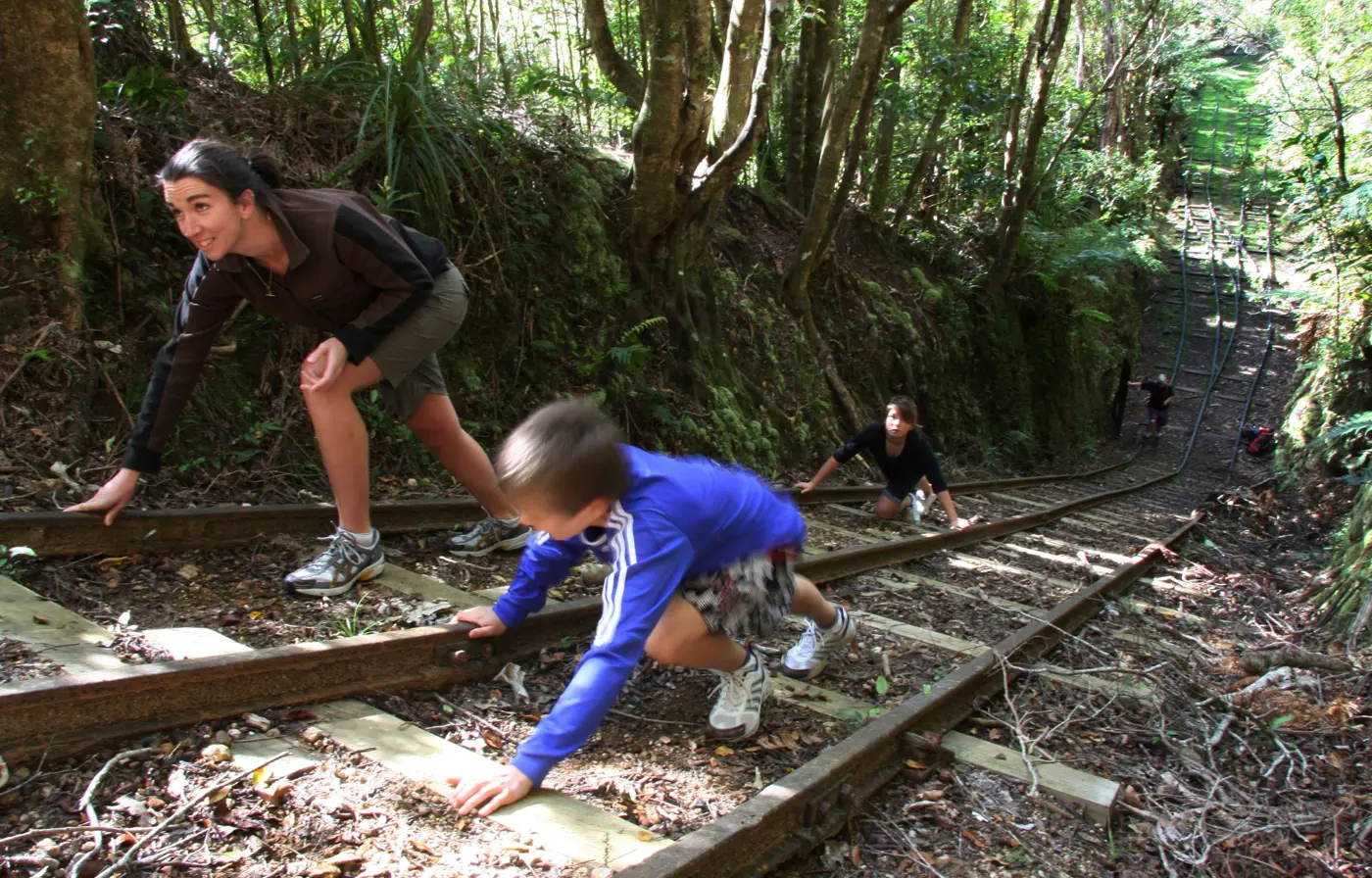
(Un)buried treasure in Te Aroha
New Zealand’s oldest bush tramway with the original rail still in place and other historic sites dating back to gold mining days are waiting to be explored by trampers in the Waiorongomai Valley in Te Aroha.
A range of trails, some short and others more challenging, thread through the hills.
The area didn’t ever produce much gold because the super-hard rock of what was identified as a rich gold bearing reef proved to be too much of a challenge. However, hikers do get great insights into Te Aroha’s gold rush days with gold mining machinery, mine tunnels and shafts and miners’ huts still in existence, as well as the tramway.
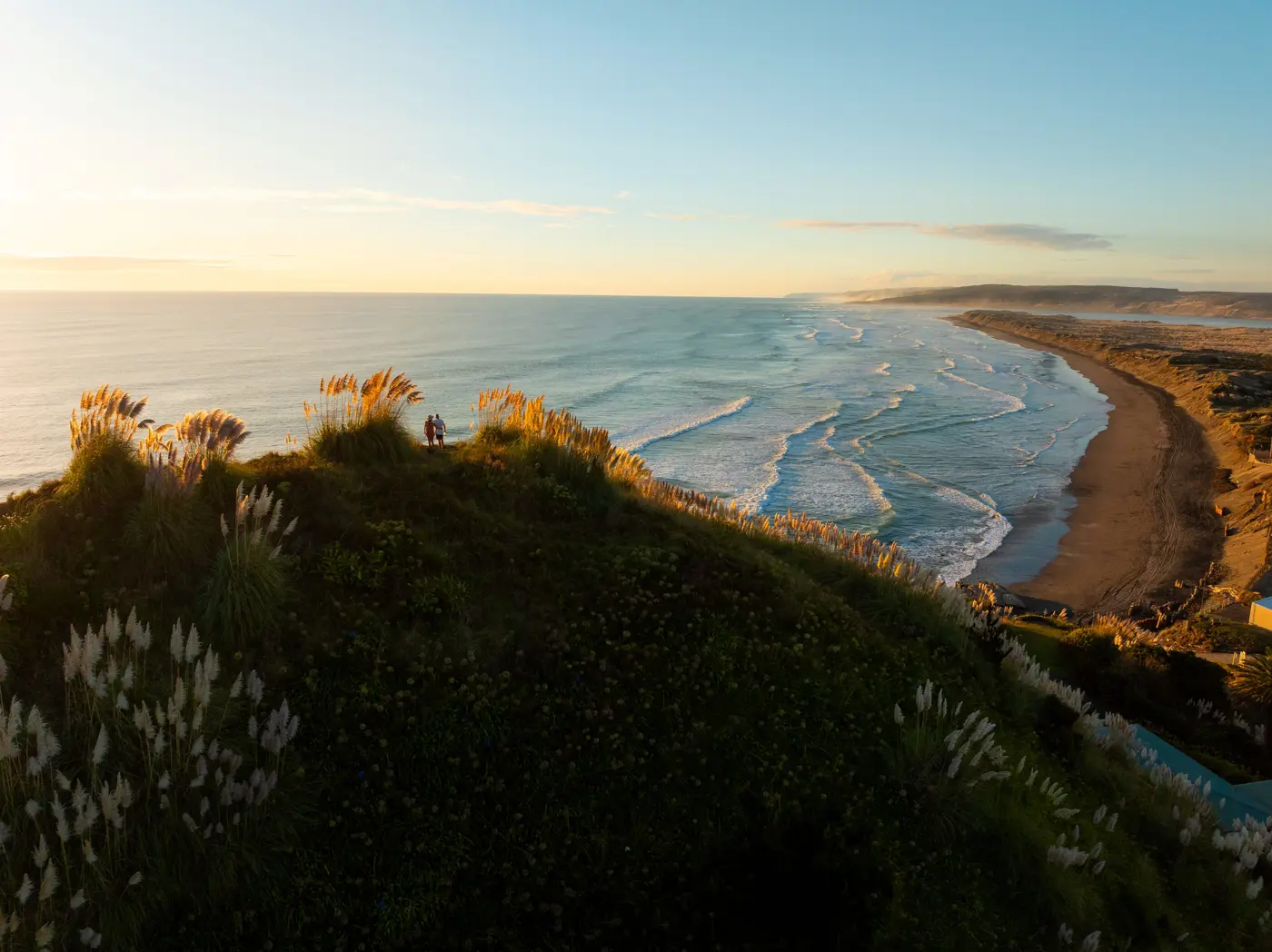
Famous, but did you know?
Port Waikato, where the mighty Waikato River meets the rumble of the Tasman Sea, is quite the surfing and fishing hot spot in summer for those in the know.
Also perhaps not widely known is that the commanding limestone outcrops in the surrounding hills are the Weathertop Hollow landmark featured in The Lord of the Rings movie.
While the setting is on private farmland, it can be seen clearly driving along Waikaretu Road which leads to Nikau Cave where you can take a tour to check out the underground formations and glowworms.
Port Waikato is located on the southern bank of the Waikato River mouth in the northern part of the Waikato region.
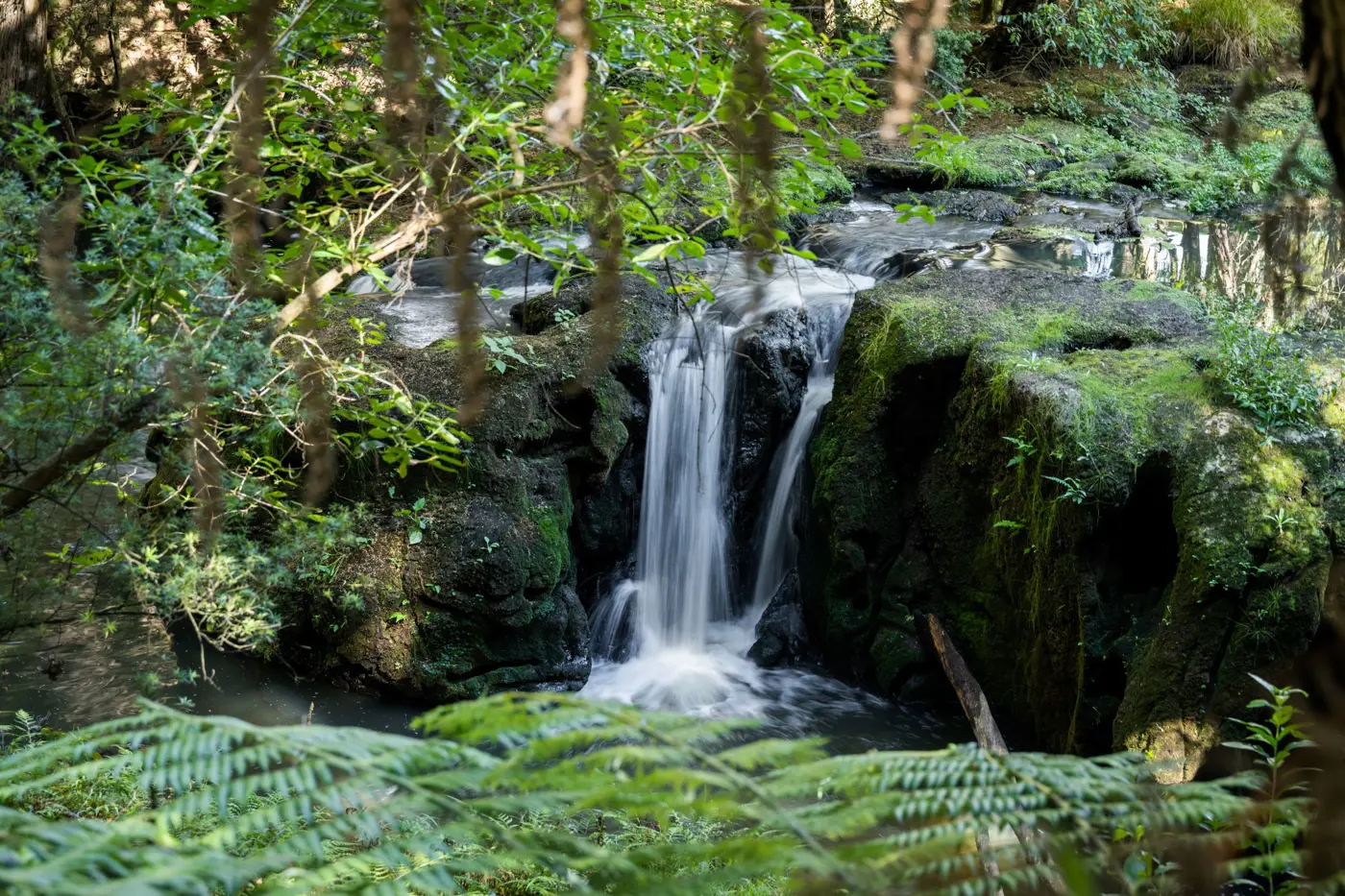
Moo-rinsville walkabout
While the creative cow statues around the streets of Morrinsville make for an interesting walk around town, there’s even more to admire in a wander along the banks of the Piako River which wends its way past houses and parkland.
The scenic river walk - an easy one that’s great for the entire family - includes magnificent stands of native trees, including tōtara, as well as a small waterfall.
In the heart of the Waikato region’s dairy farming country, Morrinsville is art town where visitors will discover the art gallery. Located on the main street in what was once the post office, the Morrinsville Art Gallery showcases the work of New Zealand’s finest established and emerging artists.
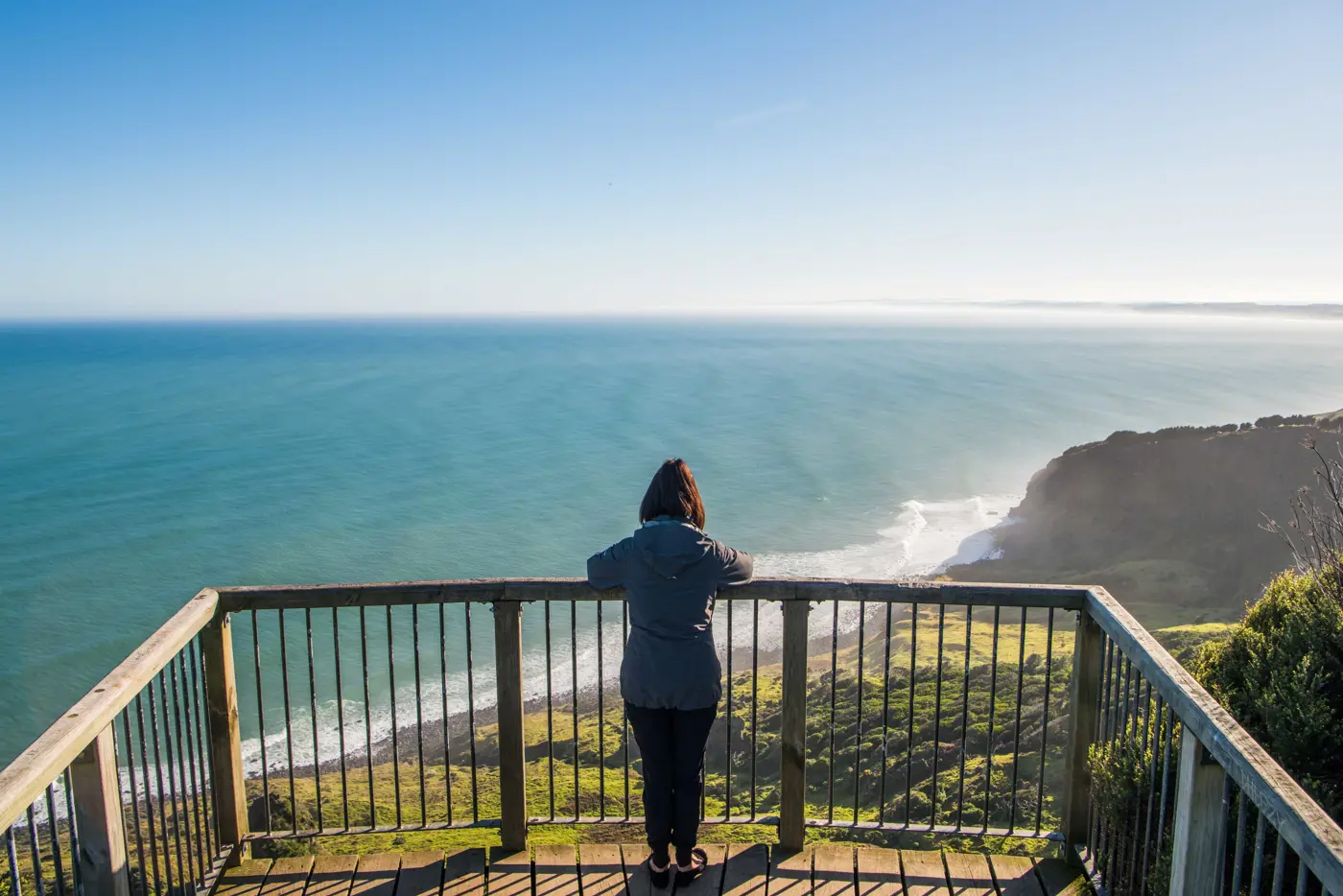
History insights at Te Toto Gorge
Te Toto Gorge south of Raglan boasts stunning views out over the Tasman Sea and along the western coastline of the Waikato, and provides visitors with insight into the history of Māori in the area.
A 30-minute walk from the carpark, where the hiking trail up Mount Karioi also begins, leads to a viewing platform.
Here is where there are stunning views out across the coast, the gorge and an amphitheatre area where remnants of garden plots, stonewalls and karaka groves can be seen. These date back to Māori habitation during the 18th and 19th centuries.
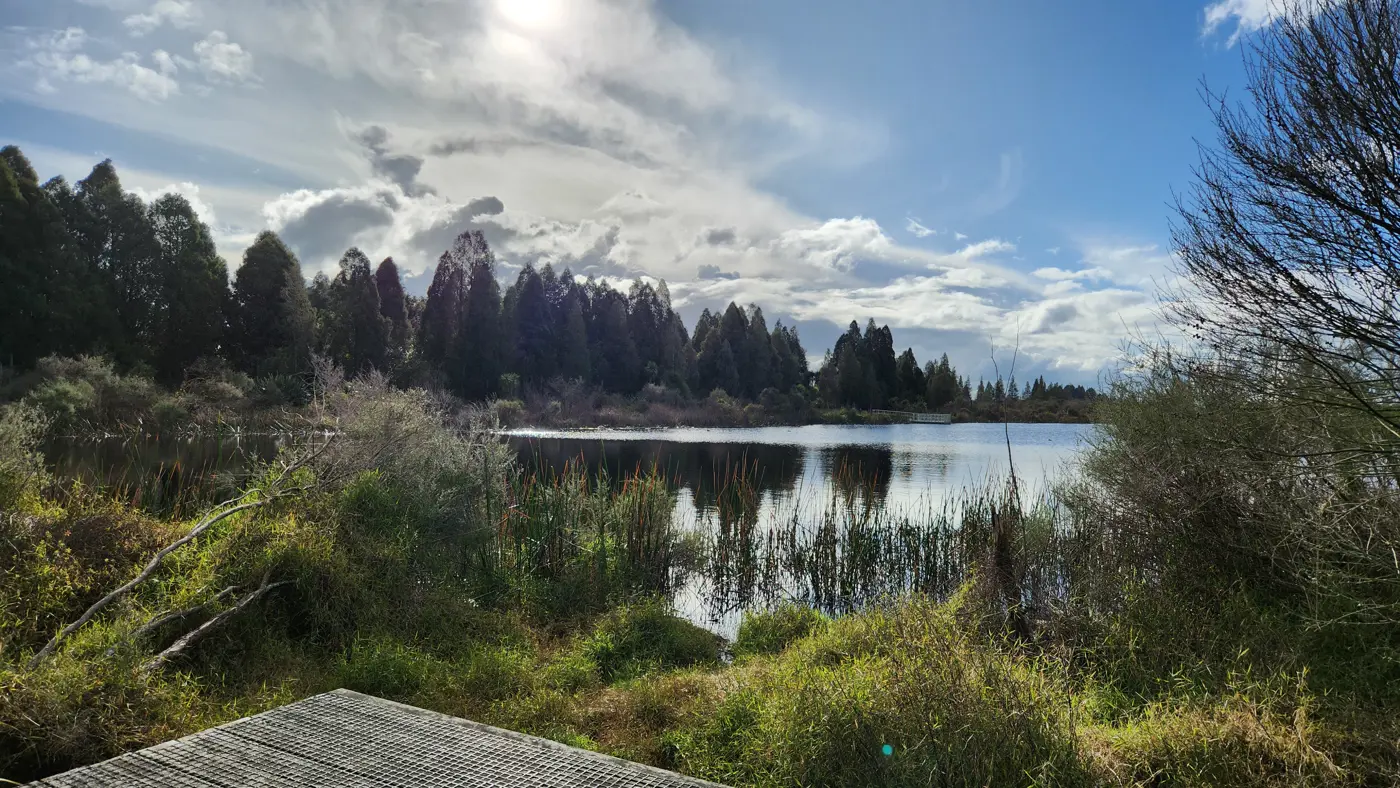
Wetland wonderland - Lake Rotopiko
Behind the pest-proof fence protecting Lake Rotopiko - also known as Serpentine Lake - awaits a world of wonder that will appeal to the kids as well as adult visitors.
Lake Rotopiko is located right beside SH3 between Hamilton and Te Awamutu.
There are two easy loop walks around the lake and wetland area which take about 15 minutes and to add extra fun with some learning, there’s a special self-guided Wetland Discovery Trail designed to appeal to families and school groups.
The trail has activity stations with each one featuring a story about a wetland creature or feature.
Rotopiko is part of the Toyota Kiwi Guardians network set up by the Department of Conservation for kids to learn about nature and become future guardians of New Zealand’s natural taonga.
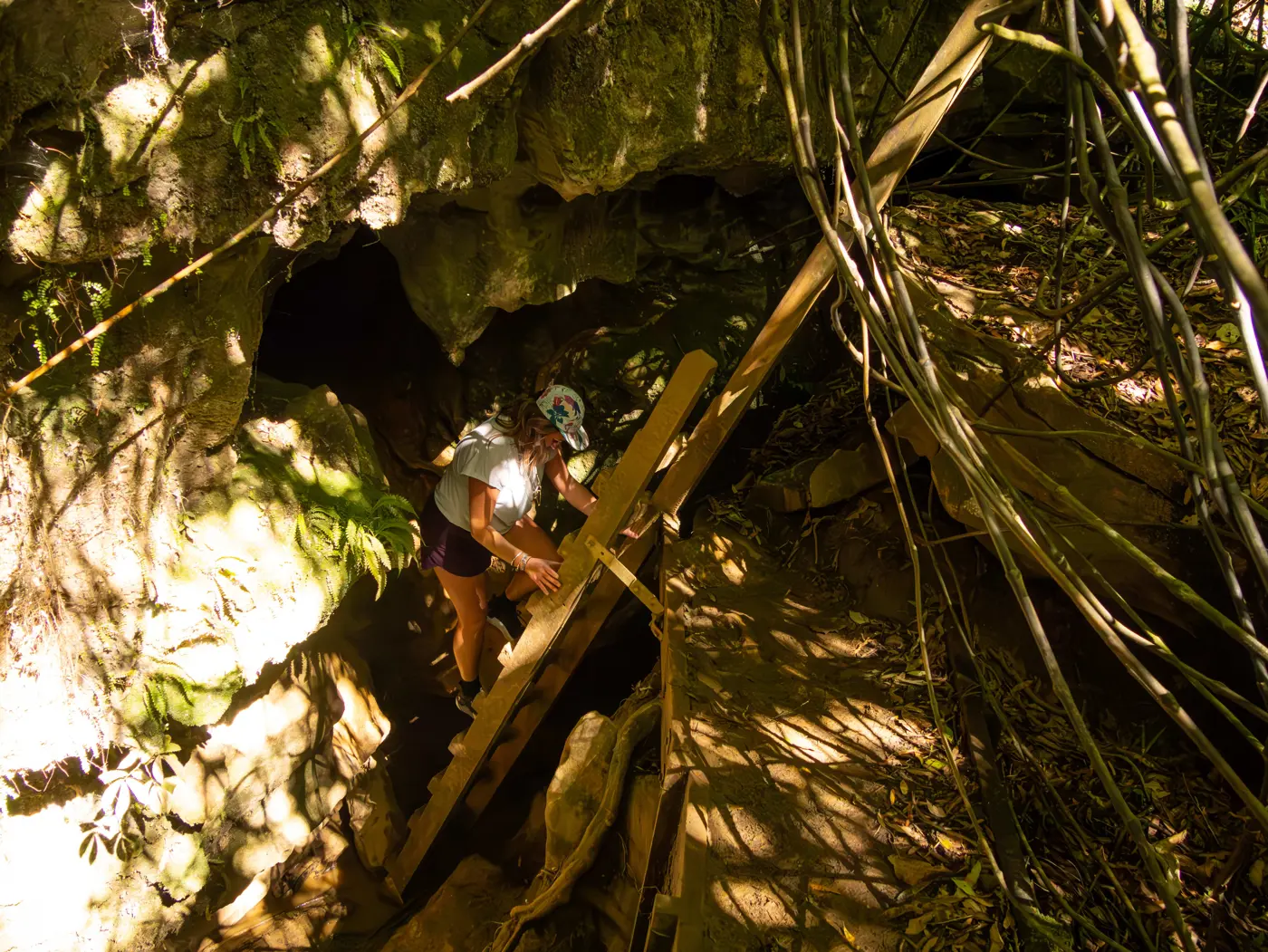
In the dark on Mt Pirongia
Tucked away in the forest park clothing Mt Pirongia are the Kaniwhaniwha Caves, reached via the Nikau Walk track - an easy loop that takes 2 hrs 30 minutes round trip; add a further 30 minutes to include the caves.
The larger of the two caves has a 20-metre long main cavern with a short section where the cave ceiling is low and you’ll need to crawl through. The cave floor is wet and it’s dark so a torch is essential.
The smaller of the caves is tight and narrow.
Child-friendly, Nikau Walk follows a stream through the trees with swimming and picnicking spots along the way. It’s accessed from Limeworks Loop Road - look for the car park signs.









